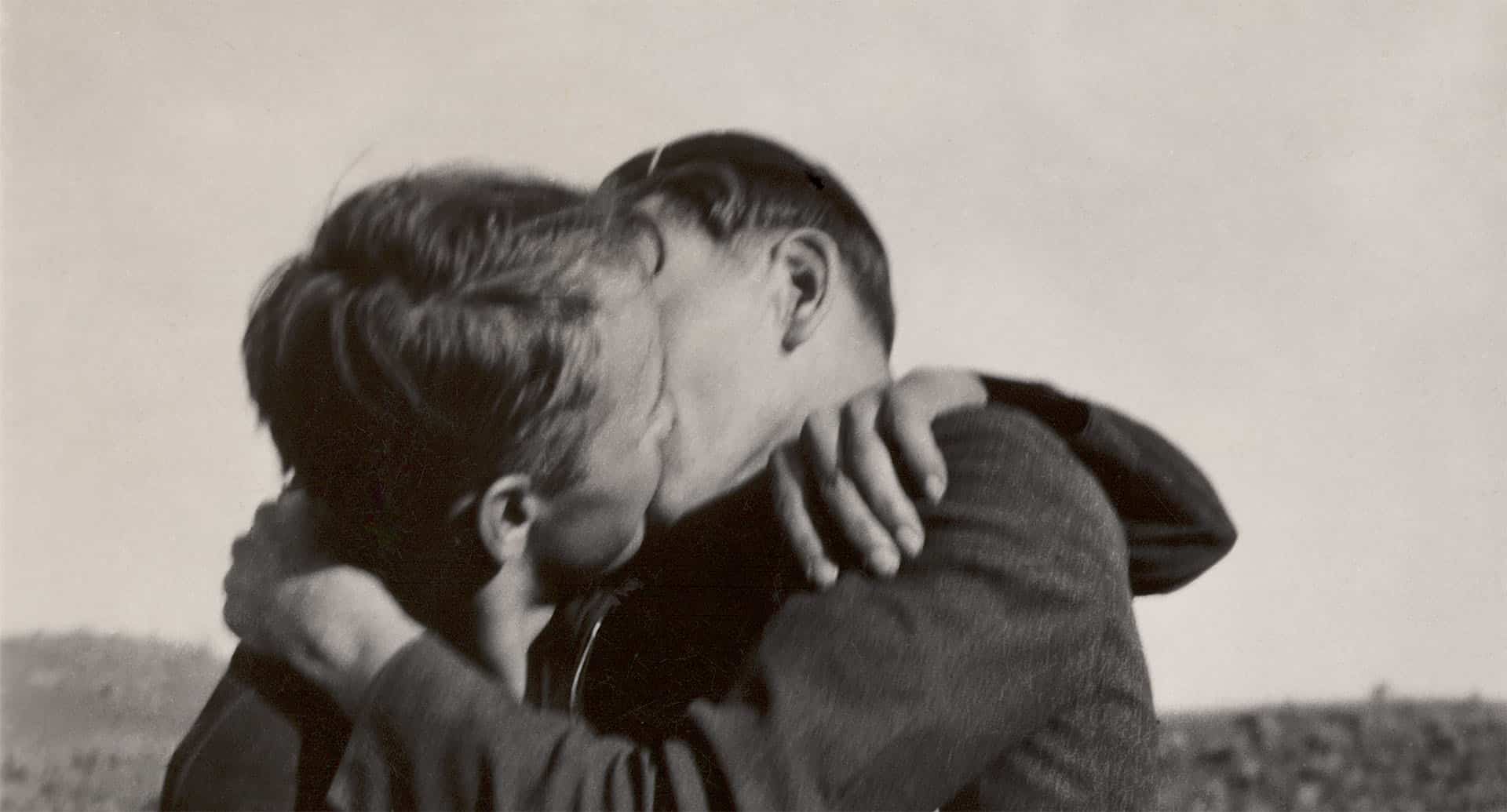In 20 years, Hugh Nini and his husband Neal Treadwell have collected 2,800 photographs of male couples. These ambrotypes, daguerreotypes, glass negatives, tintype, cabinet cards, postcards, photo strips, photomatics and snapshots represent more than one hundred years of social history that reflect the evolution of fashion, hairstyles and societal norms. The two collectors tell us the romantic story of these wonderful images and this singular collection, now available in a book entitled Loving.

You’re getting blind.
Don’t miss the best of visual arts. Subscribe for $9 per month or $108 $90 per year.
Already suscribed ?


